On March 2, 2018, a deadly blast rocked an Austin subdivision.

What happened that day sparked a manhunt unlike anything the city had ever seen.
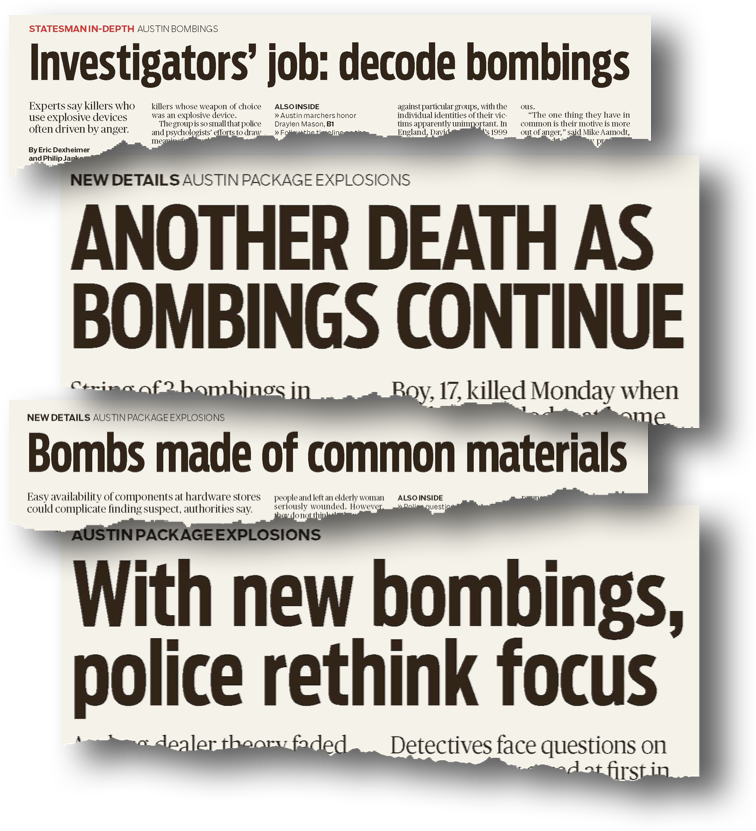
More than 500 investigators raced to find out who was planting bombs across Austin.
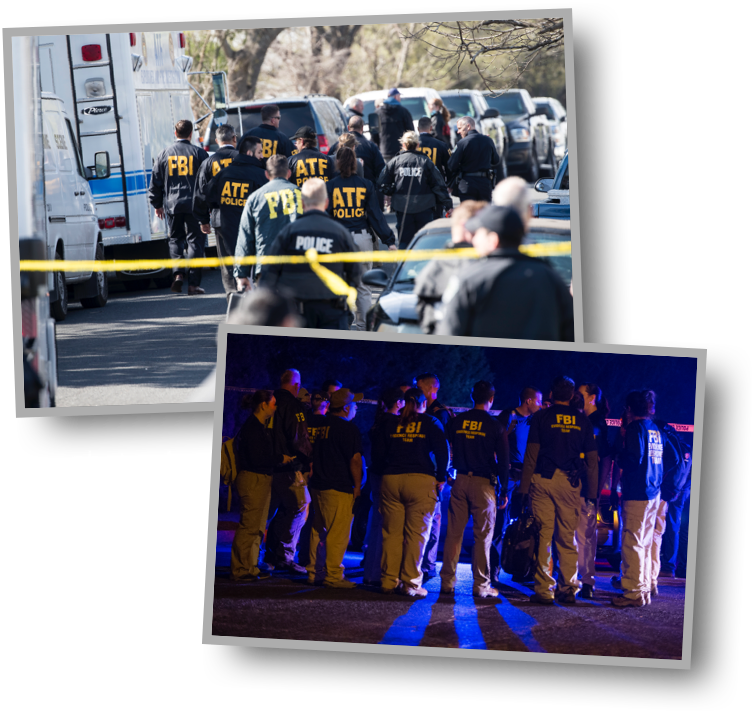
A year later, officials reveal never-before-released details of their 19-day hunt.
HOW

Reported in partnership with KVUE-TV
Inside the Austin bombings investigation
Austin American-Statesman
March 7, 2019
Police Chief Brian Manley was clearing the early morning wave of administrative emails when his cellphone buzzed on March 2, 2018. Dispatch had just sent officers to a house in Northeast Austin on a possible fatality call: A 39-year-old father of one had just been found outside his front door with injuries that appeared to have come from an explosion.
The initial radio chatter from the first patrol officers on the scene was sketchy. Manley, a former Austin homicide detective who had risen through the ranks of the Austin police administration, mulled for a moment: Some kind of freak early morning accident? A blown water heater? Some poor guy welding too close to a gas tank?
He asked the watch commander to keep him posted and turned back to his computer.
Across town, Detective Rolando Ramirez was wrapping up errands on what was supposed to be his day off. But as the new guy on the homicide squad, he was due to catch the city’s next murder case. Ramirez had learned not to prejudge anything in his previous assignment as a child abuse unit investigator, but what his boss had just told him — a deadly explosion rocking a subdivision lined with 1980s-era starter homes just before 7 a.m. — sounded strange.
In the 20 minutes it took Ramirez to reach the red-brick house midway down Haverford Drive, a crime-scene team had strung yellow police tape across the wide driveway, the brick-arched entryway and the manicured yard.
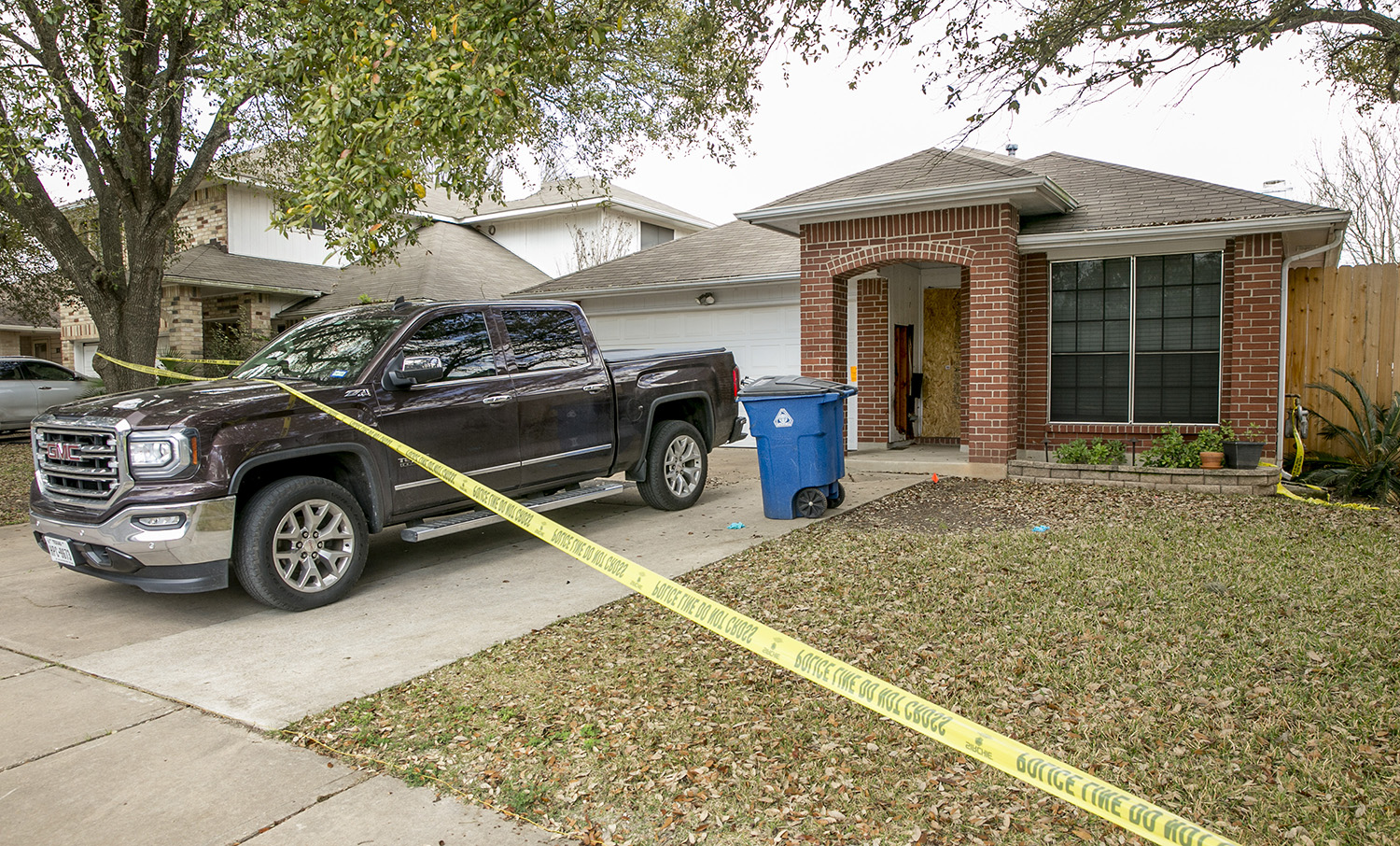
Even from the curb, Ramirez could see pockmarks dotting the home’s front door. The first officers at the scene recounted how the dead man’s bloodied chest was so damaged that the neighbor who heard the blast and rushed to help couldn’t figure out where to start CPR. Though this didn’t look like an accident, it wasn’t clear what it was. Ramirez quizzed each of his fellow homicide detectives: “Anybody worked a case like this?”
Back at police headquarters, more people appeared in Manley’s doorway. Each update was more worrisome than the last. The then-interim chief canceled his morning appointments, hustled into a Ford Explorer with an assistant and swung north toward Interstate 35.
The quiet street at the center of the Harris Ridge neighborhood was soon jammed with idling Austin Police Department squad cars and, by midafternoon, a long row of federal sedans. Agents from the federal Bureau of Alcohol, Tobacco, Firearms and Explosives regional office combed the grass for tiny bomb fragments. Putting all those pieces back together might be their only way to track down whoever had just blown up Anthony Stephan House.
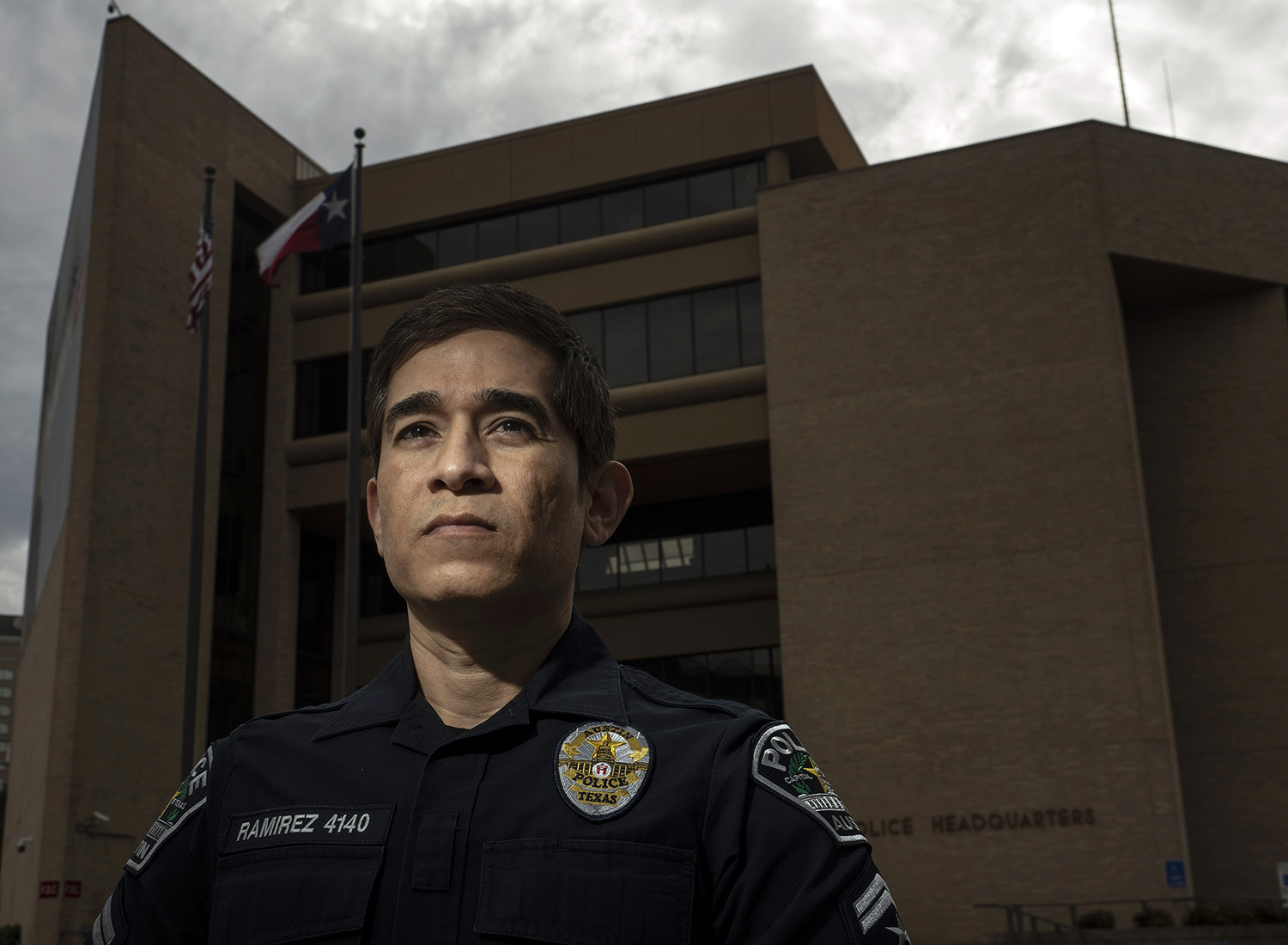
What happened that day sparked a manhunt unlike anything Austin had ever seen. Over the next 19 days, more than 500 federal and local police joined in a deadly race to figure out who was planting bombs across a city that grew more afraid with each explosion.
The trail ultimately led to a 23-year-old with no previous bomb-making experience or training.
The bomber’s reign of terror overshadowed what is generally an upbeat time in Austin as the city takes the world stage with South by Southwest. Instead of the usual glowing festival coverage, national media headlines described a city gripped by fear.
A year later, officials have shared the fullest account so far about an investigation that was equal parts old-fashioned police work and high-tech surveillance. They also acknowledged the anxiety that stalked their bustling command post in East Austin, even as they urged residents to be vigilant but calm.
“It was a terror that held over a long period,” Manley said.
In the end, what solved the case was classic law enforcement teamwork: Armed with Texas motor vehicle records, ATF explosives expertise and the results of dogged legwork across Central Texas, a midlevel civilian FBI analyst would ultimately put together the key puzzle pieces that led authorities to the Austin bomber.
In the days after House’s death, detectives knocked on every door up and down Haverford Drive, looking for clues. Did anyone have security video? See anything suspicious?
They spent hours looking at neighbors’ nighttime footage to see if they could spot something — a car, a figure, anything out of place — only to be met with disappointment after disappointment.
They dug into House’s past. He was a married father of a young daughter and was a graduate of Pflugerville High School and Texas State University. Family and friends described him as humble and unassuming.
Investigators turned to the possibility that his death was the result of mistaken identity. Only a few days before the bombing, Austin police had dismantled a drug ring in the neighborhood. They wondered whether the blast might have been tied to that case.
At a news conference several days after the attack, reporters asked Assistant Police Chief Joe Chacon about other motives. He responded that police had so little to go on that they could not conclusively call House’s death a homicide. As part of a range of possibilities, Chacon mentioned that House might have been handling explosives, creating the bomb himself, and that the blast was accidental — an idea that sparked anger in House’s family and friends. They said there was no way House, who had served as president of his homeowners association, could have done such a thing.
“I do not believe that we have somebody who is going around leaving packages like this,” Chacon told reporters.
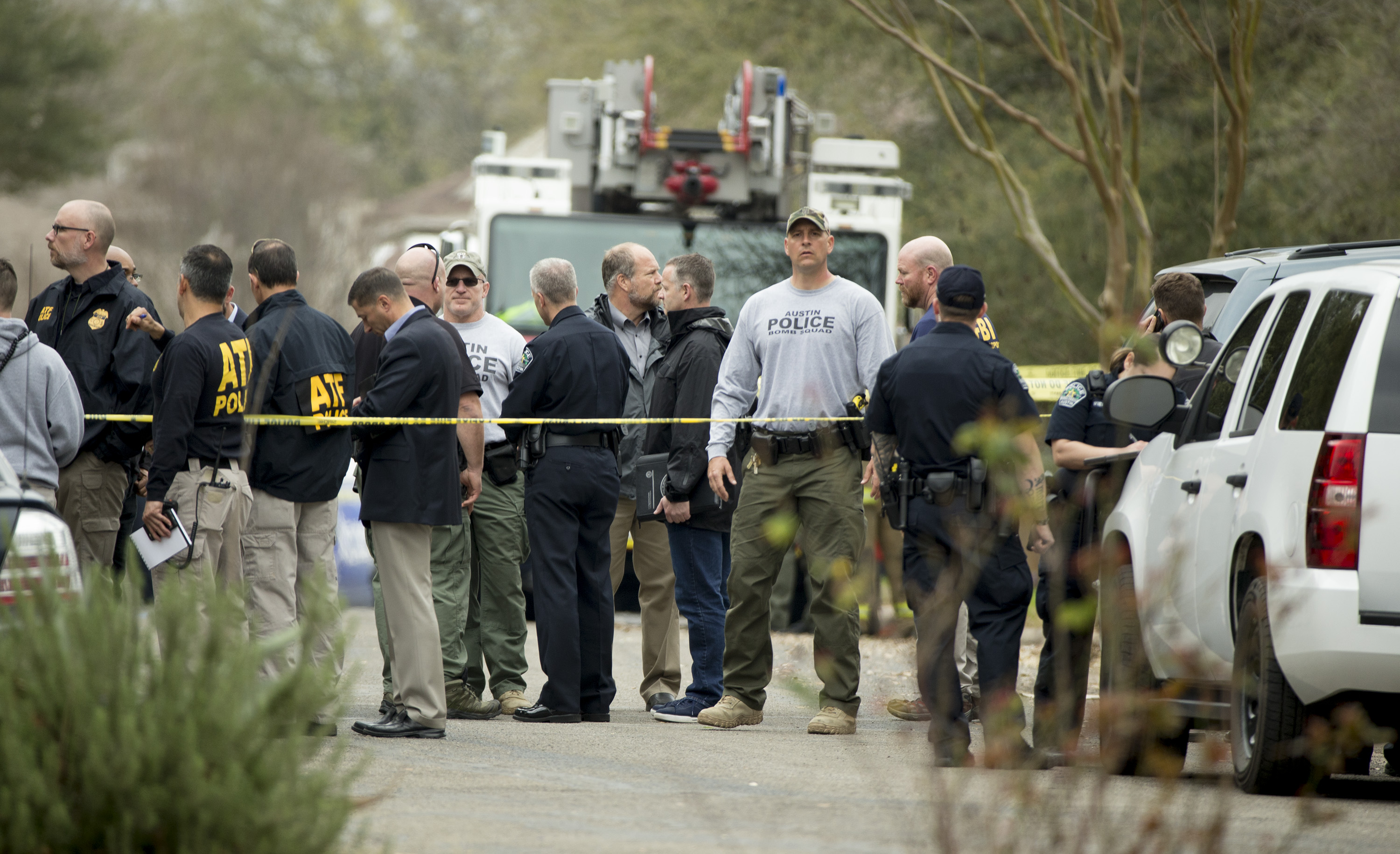
As police ran down leads about House and Haverford Drive, fragments from the bomb were flown on a federal jet to Washington. Within 48 hours, ATF experts rebuilt the device, reverse engineering its design to identify everything the bomber used, down to the brand of nails and batteries. Packaged in a box no bigger than a book, the bomb was designed to go off when a box flap was opened.
“The sooner we can identify someone who has bought multiple components, the better chance we have of identifying the individual who is responsible for all of this,” said Fred Milanowski, a 30-year veteran agent who leads the ATF region that includes Austin.
Over the next week, agents visited every Lowe’s, Home Depot and mom-and-pop hardware store within an hour of Austin, from Georgetown to San Marcos along I-35. Armed with federal subpoenas, they methodically checked each store’s records for information about recent sales.
The effort yielded truckloads of store receipts and inventory records. In a sterile, fluorescent-lit conference room just off the main command post, federal employees gathered around laptops and spent days typing up all of that material to build a database they could search by name and by item.
Milanowski urged the agents not to rush to judgment, repeating what became a mantra: “Ninety-nine point nine percent of those people are absolutely innocent.”
As a young ATF agent, he had been one of hundreds of federal investigators assigned to the Olympic Park bombing investigation in Atlanta. The 1996 case remains infamous because its would-be hero, a security guard named Richard Jewell, was falsely identified as the main suspect.
Decades later, that remains a potent cautionary tale for veteran agents like Milanowski.
In Austin, investigators collected and parsed all the data, evidence and thousands of leads. The devil was in those details. Somewhere in the reams of printouts and receipts, there was information that would eventually lead to their big break.
On March 12, it became clear Austin was under attack.
Manley had been up since the wee hours. One of his officers had been involved in a shooting, and he had been at the scene most of the night. He decided not to go home and instead got a jump-start on his day.
He was at his desk, plowing through emails around 7 a.m., when his cellphone rang. Again, it was the department’s on-duty watch commander with more disturbing news: A teen — later identified as 17-year-old Draylen Mason, a promising classical musician — had been killed in a bombing, his mother seriously wounded.
For Manley, it was a sucker punch. He kept circling back to the same awful thought: Someone is attacking our city.
Ramirez thought dispatch was mistaken when he got the call. Because he was already investigating the first blast 10 days earlier, he continued as the lead detective in Mason’s death.
Both Manley and Ramirez went to Mason’s house in central East Austin. Inside, damage from the blast stretched from floor to ceiling, so powerful it blew out the kitchen cabinets.
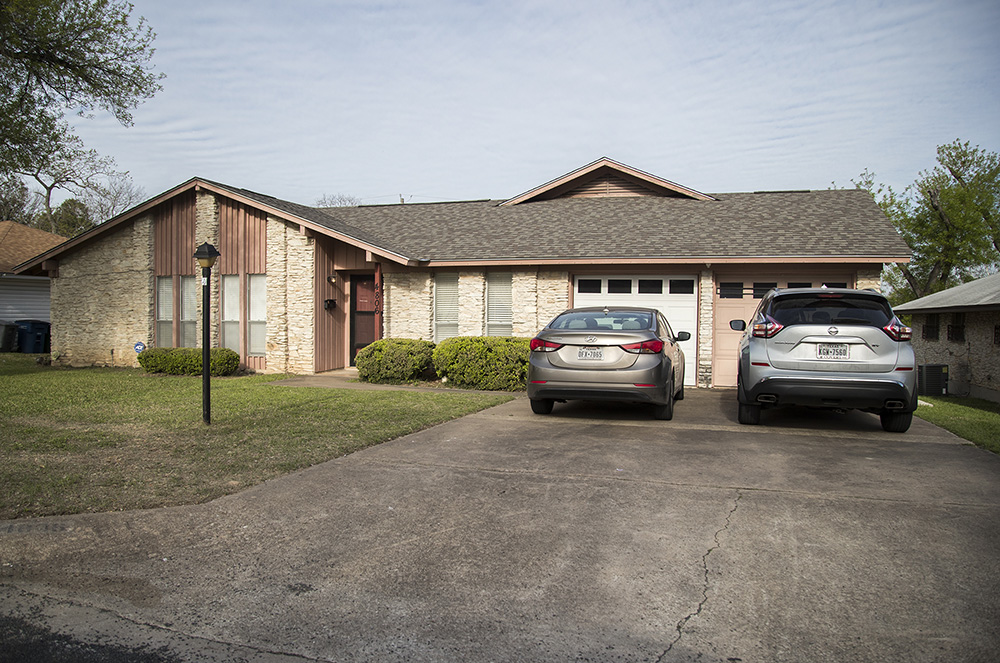
Ramirez stared at the remnants. He had been in Central Texas since his parents moved the family from Los Angeles. After graduating from high school in Boerne, he had joined APD in 1999, working every part of the city. He couldn’t quit wondering what kind of person would work so methodically and randomly to kill and frighten this famously laid-back, friendly town: Why Austin? Who is doing this? Why Now? What were the attackers trying to say?
As Manley stood outside the house with a growing team of federal agents, he caught sight of grim-faced commanders striding toward him.
It had been about five hours since the morning’s first bombing. Now, the commanders told him, there had been another one — in another part of East Austin six miles away on Galindo Street. That blast critically wounded a 75-year-old woman.
Esperanza “Hope” Herrera, who lay wounded at Dell Seton Medical Center, told family members she thought the cardboard box, taped shut, was her elderly mother’s mail-order medication.
Manley wondered if someone was dropping bombs throughout the city, toying with authorities and turning the arrival of a package into a game of Russian roulette for more than 2 million residents across the region.
How many more deadly boxes had been dropped on front steps or slid into mailboxes? How many more of his citizens were going to pick up an ordinary package and get blown apart?
Manley grabbed his phone and pecked out a message to the public on Twitter: “If you receive a package that looks suspicious or that you are not expecting, DO NOT open it. Call 911 immediately. Help us spread this message.”

ATF agents analyzed the two blast fields and quickly realized it was the work of the same person.
“Once a bomber figures out a way to make his devices and make them go off and has his success, he doesn’t change,” Milanowski said.
The FBI declared the bombings a major case and dubbed it Operation Austin Bomb. With that designation, hundreds of agents from across the country streamed into Austin.
Special Agent in Charge Chris Combs, the lead FBI agent in Central Texas, worried that Austin had a serial bomber on its hands.
“We have to jump into this with everything we have,” he said. “We can’t continue to have bombs going off in Austin.”
For the next seven days, investigators focused on two theories: A bomber was targeting minority residents, and the victims were connected.
Friends and relatives of the victims told investigators that House’s father-in-law, the Rev. Freddie Dixon, was good friends with Dr. Norman Mason, Draylen Mason’s grandfather. Detectives scoured property records and found that someone with the last name Mason lived on the street where the blast that injured Herrera occurred.
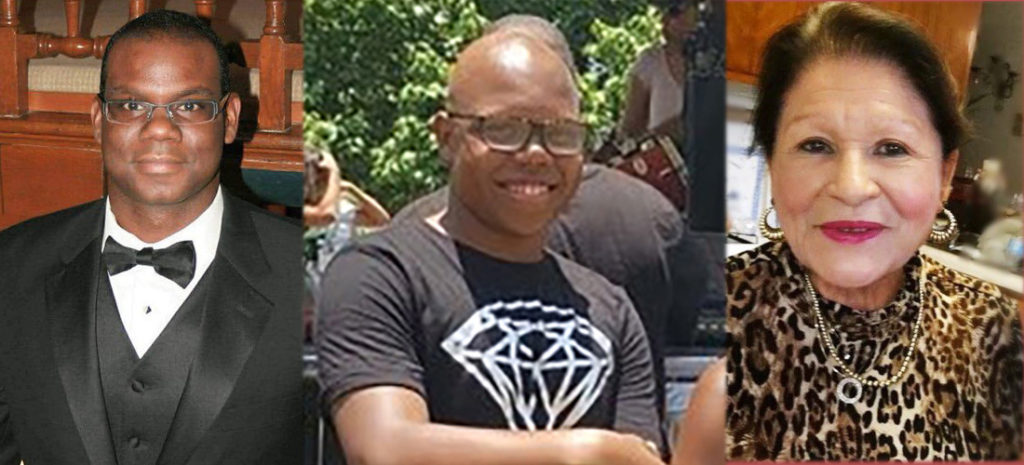
The fear that minorities were under attack spread quickly throughout the city, prompting the NAACP to issue warnings for people to be cautious about packages they received.
After days of plowing through hundreds of tips, investigators thought they were gaining traction. Information that authorities still won’t specify led them to two men, and the clues were strong enough to tag both as persons of interest.
“You are looking at not only the components in the device, but cellphone towers, a cellphone that might have been in the area, and so you start looking at things,” Milanowski said. “You look at people’s backgrounds, maybe a threat that they had made in the past.”
Undercover surveillance teams began monitoring both of the men around the clock.
Investigators also wondered if they should reach out to the bomber to try to establish a dialogue or gain hints about who he was targeting and why.
“Bombers typically have a message,” Milanowski said. “They typically communicate sometimes with the media and sometimes investigators because they want to get their message out.”
To try to establish a dialogue with him, they held a news conference on the afternoon of Sunday, March 18, when they also announced a $115,000 reward.
Then they waited to see what the two potential suspects would do next.